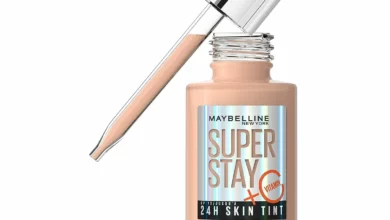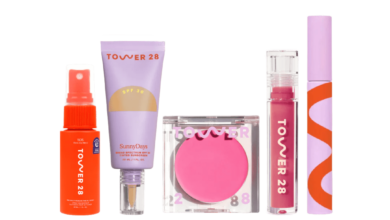Why Getting a Tattoo Removed During Winter Is Ideal
“You can do tattoo removal any time of the year. What we typically ask is that patients take good care of the area and keep it out of the sun while it heals,” says Dr. Kwan, who is on the clinical advisory board at Removery, a tattoo removal company with locations around the United States. “So it’s easier for the average patient to keep an area covered during the winter versus the summer.”
After a laser session, Dr. Kwan says the area should remain covered for one to two weeks. And instead of relying on a bandage to keep the area covered, Dr. Kwan says clothing is your best bet. That means wearing turtle necks if the tattoo is on your neck or long pants if it’s on your calf. “Patients often will get irritation from the adhesive from the bandaid or the tape they’re using,” he says. Plus, you should wash and moisturize the area where you got the tattoo removed twice a day while you’re healing, and it’s a lot easier to do that when you just have to remove a piece of clothing rather than remove and replace a bandage.
So keeping it covered with soft, breathable clothing is key. Just make sure that the clothing you’re wearing is washable in case the area bleeds a bit during the first few days. If it’s hot out, you’re not going to want to wear long clothes.
How long you keep it covered depends on your skin tone. “Patients with darker skin run the risk of developing hyperpigmentation when the skin has been irritated,” he says, and sun exposure makes hyperpigmentation worse. So those with deeper skin should keep the area covered for two weeks following the tattoo removal session while those with fairer skin can usually wait about a week.
Know that once you start the process, you’re in it for the long haul. A typical tattoo takes about 10 to 12 treatments, spaced six to twelve weeks apart, to fully remove. “With the newer technologies, it’s better than it has been probably a decade ago, but it still requires a lot of patience on the patient’s part,” says Dr. Kwan. “It really does take a good year or two for it to fade.” So by starting the process during the colder months of the year, you’re set to get the tattoo lighter for the time of year when you want to expose more skin and you’re less likely to expose it to the sun which can cause scarring.
If you’re not sure about whether or not you can commit to a tattoo, get one that’s made to fade:



